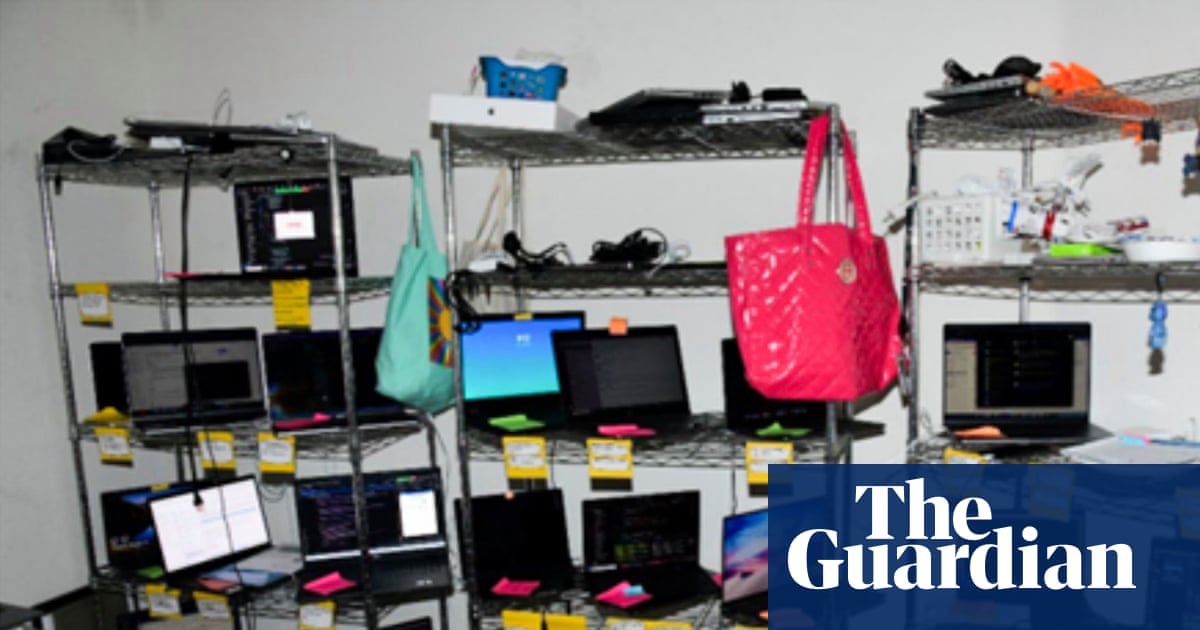T4K3.news
Neuralink allows paralyzed woman to control computer with thoughts
Audrey Crews, paralyzed for 20 years, writes her name using Neuralink's brain implant.

A woman paralyzed for two decades showcases the potential of Neuralink's brain implant.
Groundbreaking advancements from Neuralink alter life for paralyzed individuals
A woman paralyzed for twenty years has regained control of a computer using a Neuralink brain implant, a first for the technology. Audrey Crews, who cannot move her arms or legs, shared her experience on social media, writing her name and drawing for the first time since her accident in 2005. The device, implanted in her motor cortex, allows her to use a computer with her thoughts. The procedure involved placing delicate threads into her brain, which translate neural impulses into actions on a screen. Despite not regaining movement in her limbs, Crews feels empowered and hopeful about sharing her journey through writing and drawing. Elon Musk, co-founder of Neuralink, expressed that while this level of tech is groundbreaking, it does not yet enable broader applications like walking.
Key Takeaways
"I tried writing my name for the first time in 20 years. I'm working on it. Lol."
Audrey Crews shared her touching experience of using the Neuralink implant for the first time.
"Not in all my wildest dreams, but the future is here."
Crews expressed her disbelief at being able to use a computer again after two decades.
"She is controlling her computer just by thinking. Most people don't realize this is possible."
Elon Musk highlighted the remarkable capabilities of the Neuralink technology in response to Crews's success.
Neuralink’s progress represents a seismic shift in neurotechnology, with implications far beyond individual autonomy for paralyzed patients. As the first woman to use this technology, Crews's experience may inspire a new wave of interest and investment in brain-computer interfaces. While the current capabilities are limited, the potential health benefits and the prospect of enhancing human abilities open up discussions on ethics and accessibility. The more people hear stories like Crews's, the greater the urgency may become for society to consider how such technologies should be developed and regulated in the future.
Highlights
- A new frontier for independence begins with thought-controlled technology.
- Imagine writing through sheer will—the future is now for Audrey Crews.
- This is not just technology; it's a pathway to liberation.
- Neuralink may not restore movement, but it redefines possibility.
Potential ethical concerns surrounding Neuralink's technology
As advancements in brain-computer interfaces expand, questions arise about accessibility, ethical implications of enhancement, and long-term safety of the devices.
As technological boundaries continue to expand, possibilities for individuals with disabilities are becoming more hopeful.
Enjoyed this? Let your friends know!
Related News

Merseyside jails 66 criminals in July

Top AI firms warn about loss of monitoring ability

Commodore acquisition finalized

Growing awareness of ADHD triggers

Georgia woman left paralyzed after Botox treatment

Australian boxer Ruby Singh chooses career over family planning

Inheritance dispute continues for Car Boot King fortune

US woman sentenced for North Korea employment fraud
